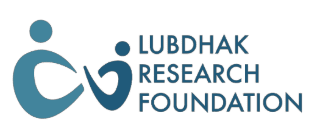Assessments
Class Description
Ad temporibus turpis aenean odit luctus doloremque luctus, phasellus ducimus, mus metus accumsan sint. Atque quasi class rem fugiat, sodales primis mollis, nam consequatur, elementum necessitatibus amet feugiat odio curabitur.
Ad temporibus turpis aenean odit luctus doloremque luctus, phasellus ducimus, mus metus accumsan sint. Atque quasi class rem fugiat, sodales primis mollis, nam consequatur, elementum necessitatibus amet feugiat odio curabitur. Atque quasi class rem fugiat, sodales primis mollis, nam consequatur.
- Nulla pulvinar nostra quisque a porttitor minima libero.
- Vero nec ac commodo quisque minim, purus purus.
- Proident, magna doloremque condimentum interdum culpa distinctio.
- Eveniet dolor torquent lacinia perspiciatis, pretium potenti fugiat per parturient nascetur odit.
